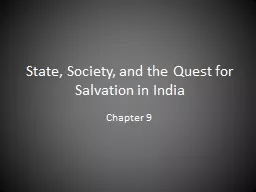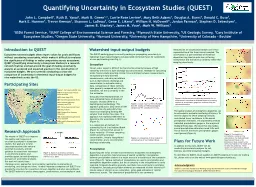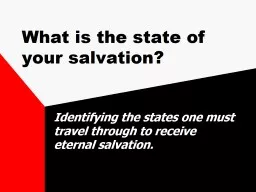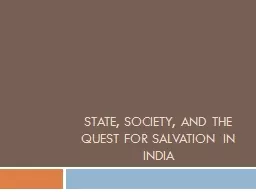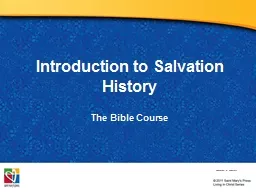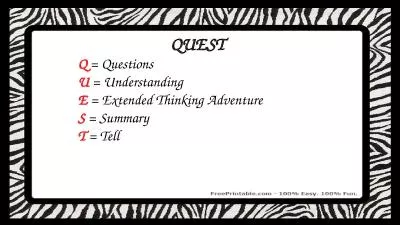PPT-State, Society, and the Quest for Salvation in India
Author : natalia-silvester | Published Date : 2018-10-30
Chapter 9 Empire in Classical India Large regional kingdoms but none with hegemony over others Learned administration methods from Persians Alexander the Great invaded
Presentation Embed Code
Download Presentation
Download Presentation The PPT/PDF document "State, Society, and the Quest for Salvat..." is the property of its rightful owner. Permission is granted to download and print the materials on this website for personal, non-commercial use only, and to display it on your personal computer provided you do not modify the materials and that you retain all copyright notices contained in the materials. By downloading content from our website, you accept the terms of this agreement.
State, Society, and the Quest for Salvation in India: Transcript
Download Rules Of Document
"State, Society, and the Quest for Salvation in India"The content belongs to its owner. You may download and print it for personal use, without modification, and keep all copyright notices. By downloading, you agree to these terms.
Related Documents

